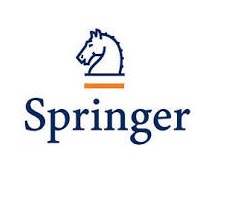6 Conclusions
In this study, DANP and VIKOR approaches were applied with the following features. First, we recognize the dynamic and iterative nature of project risk management and BSC and present a real-world situation. DEMATEL can be used to establish the relationship between the dimension and criterion. In the absence of a preset relationship, the data can be analyzed to determine the extent of the influence of each criterion. The results of this study will provide insightful contributions. Second, the participants interviewed are domain experts who have rich experience with cloud CRM. In addition, the quality of the interviewed experts is well controlled. The ultimate consensus of these experts was determined by objective mathematical calculations rather than subjective judgments. Therefore, the results of this study are characterized by satisfactory reliability and effectiveness.
Using VIKOR to determine cloud CRM project performance under cloud computing perspectives for three case studies, the order of the performance of the companies was as follows: Company-X (X) > Company-Y (Y) > Company-Z (Z). Recommendations to improve criterion were addressed to the three companies as follows. First, Company-X should improve dimensions and criteria in the following order: “Project risk (A),” “User risk (a1),” “Project planning and control (b2),” and “Financial performance (c3).” Second, Y-Company should improve dimensions and criteria in the following order: “Project risk (A),” “Project complexity risk (a3),” “Internal integration (b3),” “User participation (b4),” and “Financial performance (c3).” Third, Company-Z should improve dimensions and criterions in the following order: “Organizational per formance (C),” “Planning and control risk (a4),” “Internal integration (b3),” “Internal business process performance (c2),” and “Financial performance (c3).”








